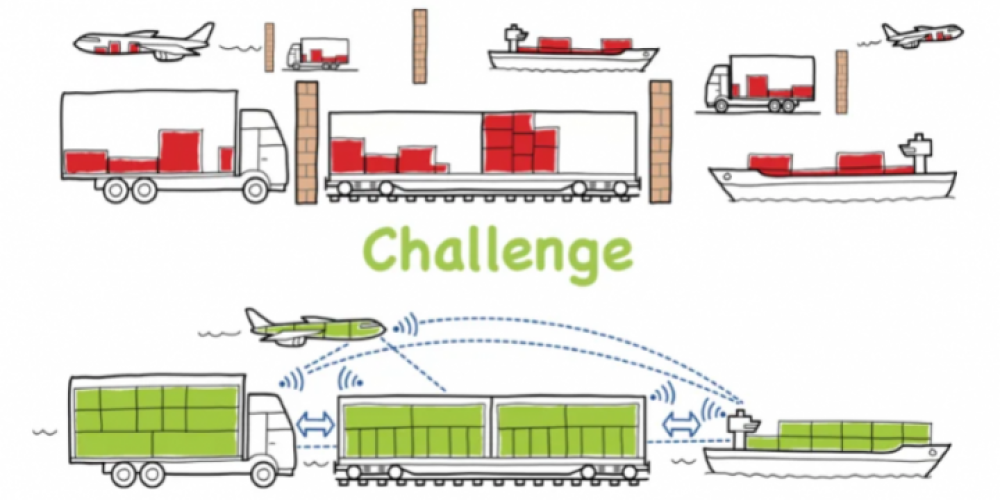
The increasing transport of goods is an important engine for economic growth, but it also creates a lot of traffic jams and environmental pollution. As part of his doctoral research, carried out at the Vrije Universiteit Brussel and UHasselt, Dr Tomas Ambra developed SYMBIT, a new computer model that maps the currently fragmented freight transport process in real time and proposes better solutions using information such as weather forecasts and congestion. Dr Ambra: “The model can help to better coordinate the different modes of rail, water and road transport, which in turn leads to a higher level of safety, less congestion and a smaller ecological footprint”. For this research, Dr Ambra was awarded an FWO Strategic Basic Research grant, and his model plays a crucial role in the new interuniversity DISpATch project.
The share of goods traffic in greenhouse gas emissions is expected to increase from 42% in 2010 to 60% in 2050. The expected growth in international trade and the demand for freight will put (further) pressure on the current infrastructure capacity, resulting in traffic jams, safety and environmental problems and a decrease in the reliability of services. Despite major efforts to increase the modal split of freight transport, companies are still heavily dependent on road transport and the potential of rail and inland waterway transport remains underexploited. “If we are to achieve the climate goals, inland shipping and rail will have to play a greater role in freight traffic”, says Prof Cathy Macharis, co-director of VUB’s Mobility, Logistics and Automotive Technology Research Centre (MOBI) who supervised Dr Ambra.
To optimise freight traffic in this way, as part of his PhD in applied economic sciences Dr Ambra developed SYMBIT (SYnchromodal Model for Belgian Inland Transport), a calculation model that, for the first time, gathers all information from as many angles as possible, such as geographical information systems (GPS etc), information from transport companies about their goods flows, and information about the operation of locks, boats, rail traffic, etc. It also measures their financial and environmental impact. This virtual environment reflects the real physical system and its processes by updating the virtual real-time status of the system based on data about, among other things, weather forecasts, congestion, vehicle positions and their working conditions. This ‘digital twin’ method makes it possible to offer holistic solutions in a risk-free environment.
SYMBIT has already won first prize in the TRA VISIONS Competition for Young Researchers in the category of cross-modality. This biennial competition for young researchers is an initiative of the European Commission for Transport and the European Technology Platform ALICE. Dr Ambra’s model is now being refined within the new DISpATch research project, in which a test environment is being developed to simulate transport solutions with the digital twin. “Academic (simulation) models need to be calibrated and validated by the industry, which is closest to the daily logistics reality. This is why several companies are involved in DISpATch”, says Dr Ambra.
DISpATch is financed by VLAIO, the Flemish Agency for Innovation and Entrepreneurship, through the VIL spearhead cluster for logistics. In addition to VUB, KU Leuven, UHasselt and VIL, 11 companies are involved in this project.